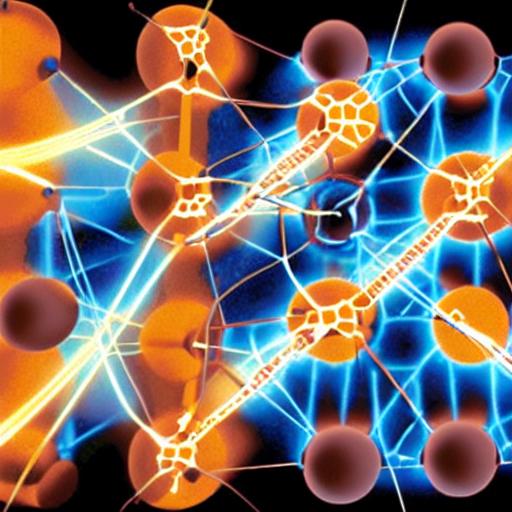The most prevalent element in the cosmos, hydrogen, is present in a variety of compounds on Earth in addition to the dust that makes up the majority of space and the centres of stars. In addition to having the simplest individual atoms of any element—consisting only of a proton and an electron—hydrogen is also an important subject for research. As a result, according to University of Illinois Urbana-Champaign professor of physics David Ceperley, hydrogen is the ideal substance to use as a basis for creating and evaluating theories of matter.
Ceperley, who is a member of the Illinois Quantum Information Science and Technology Centre, studies how hydrogen atoms interact and combine to form various phases of matter, such as solids, liquids, and gases, using computer simulations. However, quantum mechanics is necessary for a complete understanding of these events, and quantum mechanical simulations are expensive. In order to make the process easier, Ceperley and his colleagues created a machine learning method that enables quantum mechanical simulations to be run with a previously unheard-of number of atoms. Physical Review Letters claimed that they used their method to discover an entirely novel form of high-pressure solid hydrogen that earlier theory and tests had overlooked.
Machine learning actually taught us a lot, according to Ceperley. Because we could only accommodate a limited number of atoms, we had been observing indications of novel behaviour in our earlier simulations, but we weren’t confident in them. With the help of our machine learning model, we were able to fully utilize the most precise techniques and determine the true situation.
Although hydrogen atoms are a quantum mechanical system, it is very challenging to fully simulate their quantum behaviour, even with the aid of computers. While studying large-scale phase behaviours necessitates simulating thousands of atoms over extended periods of time, a cutting-edge technology like quantum Monte Carlo (QMC) may feasibly simulate hundreds of atoms.
Two former graduate students, Hongwei Niu and Yubo Yang, created a machine learning model trained on QMC simulations that can accommodate a lot more atoms than QMC alone in order to make QMC more adaptable. Scott Jensen, a postdoctoral research associate, helped them explore how the solid phase of hydrogen that occurs at extremely high pressures melts using the model.
The three of them were examining various pressures and temperatures to get a full picture when they spotted something peculiar in the solid phase. While the molecules in solid hydrogen are often almost spherical and form a configuration known as hexagonal close packed—Ceperley likened it to stacks of oranges—the researchers noticed a phase where the molecules transform into oblong figures—Ceperley likened their appearance to eggs.
Jensen said, they started with the not overly ambitious goal of refining the theory of something they know about. It was more intriguing than that, which is unfortunate or perhaps lucky. This entirely novel behaviour started to emerge. In fact, it was the dominating behaviour at high pressures and temperatures, which prior theory made no mention of.
The researchers used data from density functional theory, a popular method that is less accurate than QMC but can accept many more atoms, to train their machine learning model in order to validate their findings. They discovered that the simplified machine learning model accurately captured the outcomes of conventional theory. The researchers came to the conclusion that their large-scale, machine learning-assisted QMC simulations can forecast outcomes and account for effects in ways that conventional methods cannot.
A discussion between some experimentalists and Ceperley’s partners has begun as a result of this study. Experimental results are few because hydrogen measurements at high pressures are challenging to achieve. Some teams have revisited the issue and closely investigated hydrogen’s behaviour under extreme circumstances in response to the new forecast.
Ceperley highlighted that a better understanding of hydrogen under extreme conditions could help us understand Jupiter and Saturn, two gaseous planets that are largely composed of hydrogen. The “simplicity” of hydrogen, according to Jensen, makes the substance interesting to research. He advised starting with systems that they could attack since they wanted to grasp everything. Since hydrogen is straightforward, it’s important to know that they can handle it.








